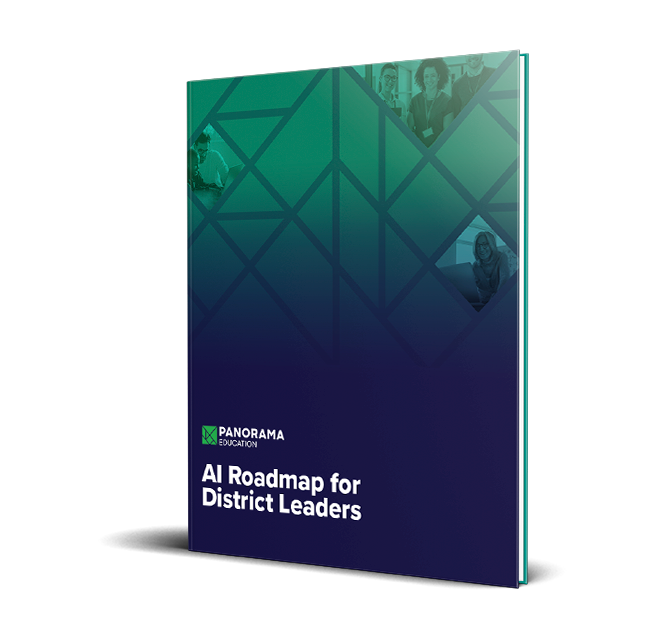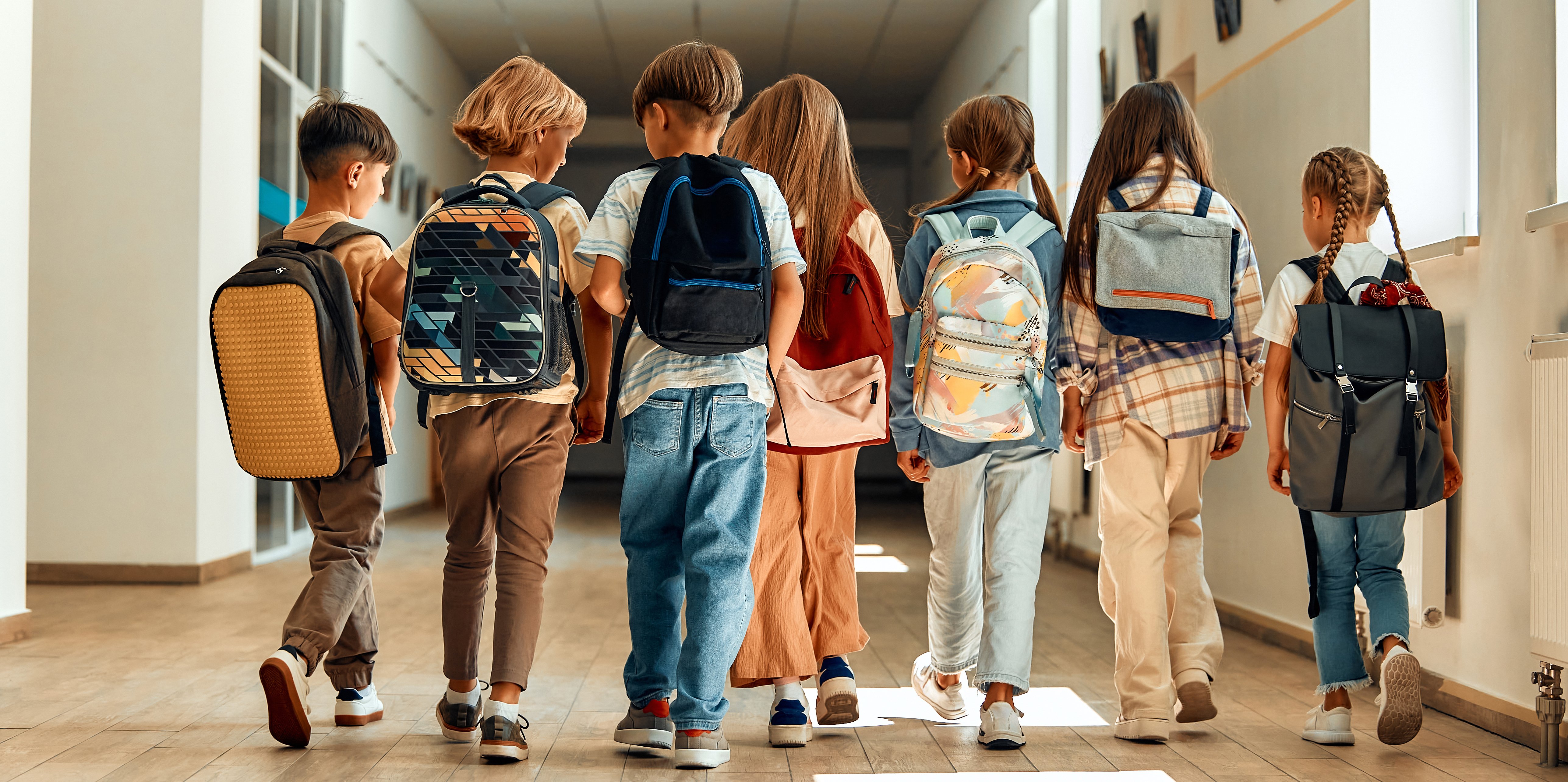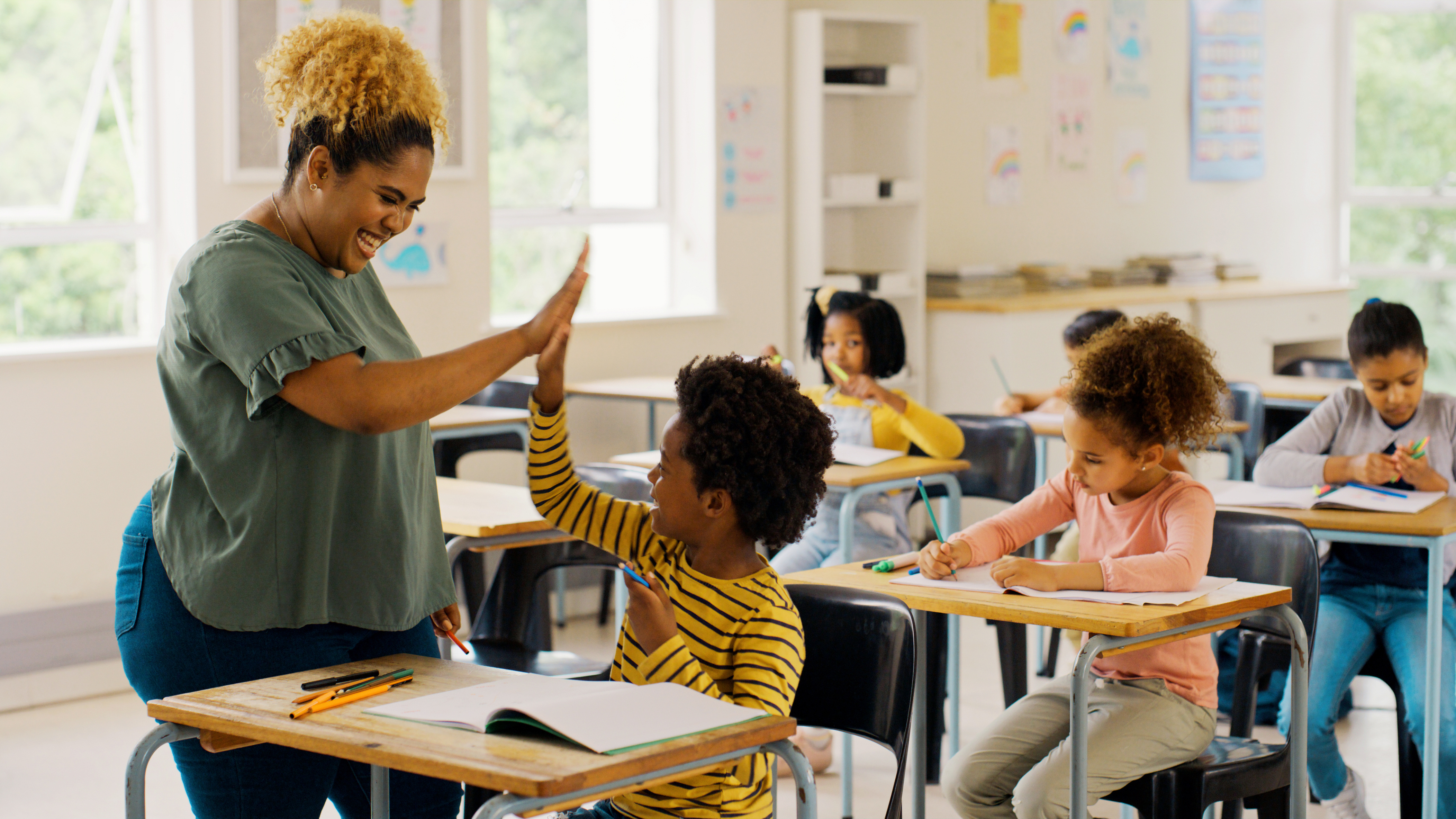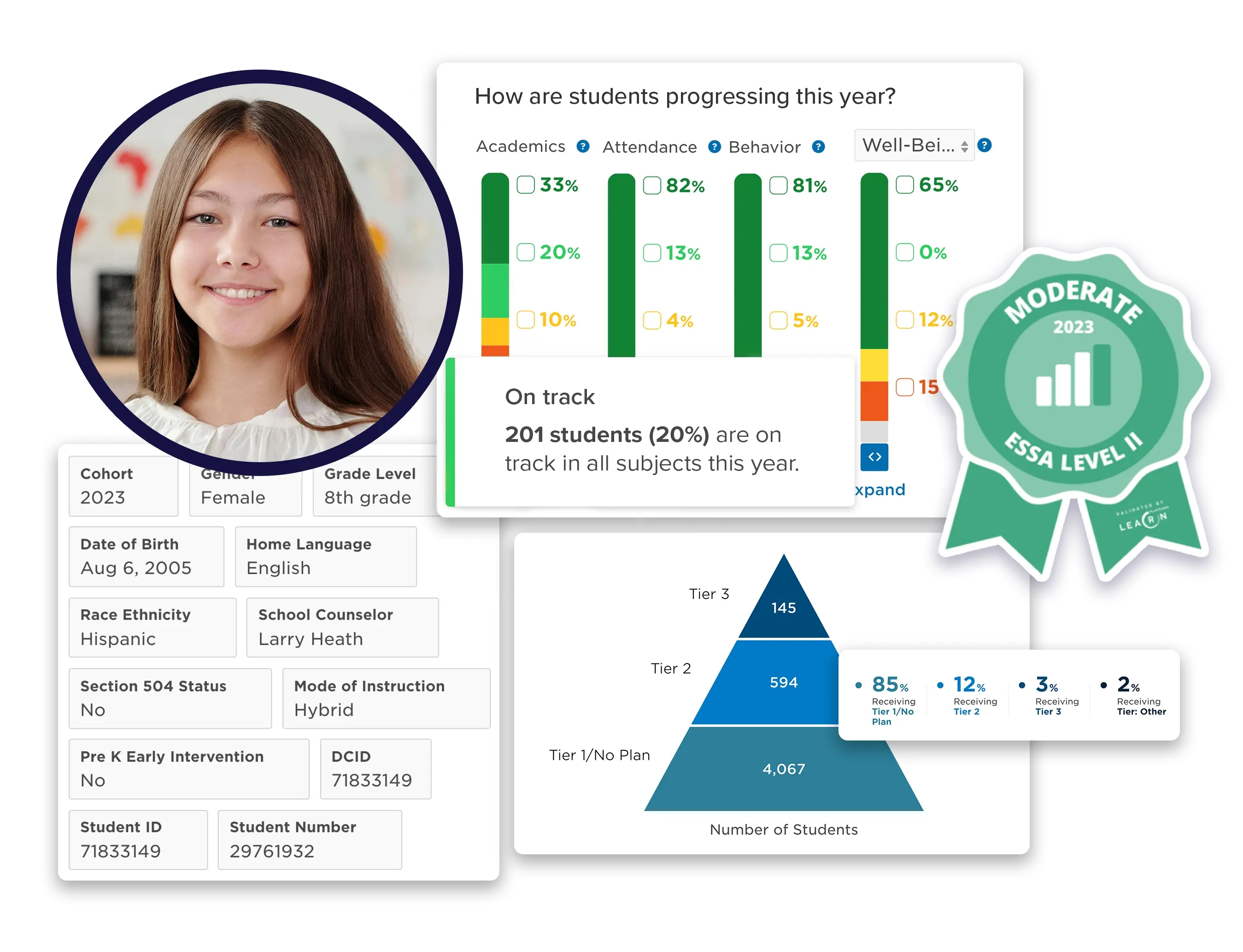More and more students need extra support to stay on track in school—whether it's catching up in reading, building stronger study habits, or staying consistently engaged in class. At the same time, educators are being stretched thin, trying to meet those needs without a clear roadmap.
That’s where MTSS (Multi-Tiered System of Supports) comes in. MTSS offers a structured way to match student needs with the right level of support—whether that's schoolwide instruction, small-group help, or individualized intervention. It’s built around three tiers: Tier 1, Tier 2, and Tier 3.
In this blog, we’ll break down what each tier means and how your school can use them to strengthen outcomes for all students.
Why Do Schools Use Tiered Interventions?
Educators know that a one-size-fits-all approach rarely works when it comes to supporting students. The needs are too varied—and the stakes too high—for generic solutions. That’s why many districts are adopting a tiered approach like MTSS, which provides a clear structure for scaling support. By starting with strong schoolwide practices and increasing the intensity of interventions based on individual student needs, MTSS helps ensure every student gets the support they need to succeed.
Why Tiered Systems Work
- They enable early action. With MTSS, educators can identify and respond to student needs proactively—often before small challenges escalate into larger barriers to learning. By analyzing data at the start of the school year (and regularly throughout), schools can put the right supports in place from day one.
- They clarify where to focus time and energy. Tiered interventions reduce guesswork by giving staff clear, research-backed strategies to respond to student needs—whether academic, behavioral, or otherwise. This structure helps lower stress and ensures support is consistent and effective.
- They align teams around a shared approach. From classroom teachers to counselors and administrators, everyone uses the same framework and language. This consistency strengthens collaboration across grade levels and buildings and ensures students experience a seamless support system.
- They focus on needs, not labels. MTSS tiers describe the level of support a student requires—not who they are. This prevents students from being permanently categorized or stigmatized, reinforcing the belief that challenges are temporary and growth is always possible.
- They adapt with students. Student needs can change quickly—and MTSS is built to change with them. As students progress or encounter new challenges, the tiered structure allows schools to adjust supports accordingly, ensuring resources are always directed where they’re needed most.
What Is Tier 1 Support?
Tier 1 MTSS interventions are the foundation of student support—designed to meet the academic and behavioral needs of all students across a school or district. These universal practices include high-quality, evidence-based instruction, clear expectations, and proactive classroom strategies. Visual aids, structured lessons, and systems for reinforcing positive behavior are just a few examples of Tier 1 supports in action. When implemented with fidelity, Tier 1 creates a strong baseline that reduces the need for more intensive interventions and promotes consistency across classrooms.
Core characteristics of Tier 1 supports include:
- Delivered to every student. Tier 1 supports are universal—they happen everywhere: in classrooms, hallways, cafeterias, and playgrounds. All students receive these supports, regardless of their learning profile or background.
- Grounded in strong instruction. Effective Tier 1 instruction includes clear learning targets, modeling, and opportunities for guided practice. In writing, for example, educators might implement research-based strategies like the Paragraph Burger, Four Square, or Mental Texts to build foundational skills.
- Explicit about behavior expectations. Tier 1 supports don’t assume students “just know” how to behave—they proactively teach behavioral norms through modeling, visual cues, and positive reinforcement, creating a shared culture across the school.
- Monitored with shared data tools. Attendance, academic performance, and behavior data are used to assess the overall effectiveness of Tier 1. These metrics help identify patterns and flag students who may benefit from additional support.
- Adjusted based on trends. School teams regularly review data to fine-tune Tier 1 practices. This cycle of reflection and refinement ensures that supports stay relevant and responsive to evolving student needs.
What Is Tier 2 Support?
Tier 2 interventions provide additional support for students who aren’t thriving with Tier 1 instruction alone. Whether the challenge is academic, behavioral, or attendance-related, Tier 2 offers focused, data-driven help—without requiring full individualized plans. These interventions are built for efficiency and impact.
Core features of Tier 2 supports include:
- Delivered in small groups. Tier 2 supports are typically provided to groups of 3–6 students with similar needs. This structure allows for more targeted instruction while maximizing staff time. When done well, these groups foster peer learning and build confidence in specific skill areas.
- Built into or around the school day. Interventions may be delivered during existing blocks (such as intervention periods or WIN time) or through “walk to intervention” models that temporarily group students across classrooms. Other strategies—like Check-In/Check-Out (CICO)—are integrated throughout the day with designated staff members.
- Focused on a single skill or challenge. Rather than addressing broad deficits, Tier 2 zeroes in on one area of need—such as reading fluency, time management, or emotional regulation—with strategies designed to accelerate progress in that specific domain.
- Short-term and data-driven. Progress is tracked regularly, often weekly or bi-weekly, using simple, reliable tools. This allows teams to monitor effectiveness in real time and make timely decisions about whether to continue, modify, or intensify supports.
- Responsive to student progress. Tier 2 is never “set it and forget it.” If a student isn’t making expected growth, educators can adjust the intervention’s intensity, frequency, or delivery method—ensuring supports stay effective and students don’t fall through the cracks.
Understanding the distinction between Tier 1 and Tier 2 is essential to building a responsive MTSS. Tier 1 delivers strong, research-based instruction and behavioral expectations for all students, creating a foundation of consistency across the school. Tier 2 builds on that foundation—providing additional, targeted support to a smaller group of students who need more to succeed. These supports don’t replace Tier 1; they supplement it, allowing students to benefit from both levels at once. When implemented together, Tiers 1 and 2 form a cohesive system that adapts to student needs and prevents small challenges from becoming long-term barriers.
What Is Tier 3 Support?
Tier 3 is the most intensive level of support within an MTSS framework—reserved for students with ongoing, complex, or unresponsive needs. These individualized interventions go beyond the reach of Tiers 1 and 2, targeting challenges that require customized, sustained attention. When the first two tiers are implemented effectively, only about 5% of students should require Tier 3 support at any given time.
Key characteristics of Tier 3 include:
- Individualized for one student at a time. Tier 3 plans are highly personalized, designed to match a student’s specific strengths, challenges, and context. There’s no one-size-fits-all formula—each intervention is tailored to the root causes behind a student’s difficulties.
- Delivered with greater time and intensity. Supports often occur daily and for longer periods, with increased instructional time, one-on-one interactions, and frequent check-ins. The goal is to accelerate growth in high-need areas through sustained, focused attention.
- Coordinated by a team of adults. Intervention plans involve close collaboration among teachers, counselors, interventionists, and families. This shared responsibility helps ensure consistency across school and home environments and keeps everyone aligned on goals and progress.
- Driven by deep data analysis. Tier 3 relies on multiple data sources—including academic performance, attendance records, behavioral data, and diagnostic assessments—to uncover root causes and monitor impact. The emphasis is on precision and insight, not just surface-level symptoms.
- Connected to referral systems when needed. While Tier 3 does not automatically mean special education, it may lead to formal evaluations or referrals to outside services such as counseling or mental health supports. It serves as a bridge between school-based interventions and additional services when appropriate.
How Do Schools Use Data Across All Three Tiers?
Data is the engine behind effective MTSS implementation. It tells educators what’s working, who needs more support, and how to respond in real time. With the right systems in place, schools can move beyond guesswork—using analytics to target resources, adjust interventions, and ensure every student stays on track.
Here are just a few of the many ways educators use data across the three tiers of MTSS:
- Track attendance and academic progress regularly. Patterns in grades and attendance can highlight early warning signs. At Tier 1, this data helps identify schoolwide trends that may call for broader instructional or cultural shifts. At Tiers 2 and 3, it reveals how individual students are responding to targeted supports.
- Analyze behavior logs to spot patterns. Behavior data helps teachers quickly identify which students may need Tier 2 supports. Reviewing incidents across different settings and times of day can uncover root causes, such as unmet skills or environmental triggers.
- Gather student voice through surveys. Student surveys offer a critical window into how young people are experiencing their learning environment and supports. These insights inform more responsive practices at all three tiers, especially when paired with academic and behavior data.
- Use progress monitoring tools to assess impact. Frequent, targeted assessments show how students are responding to interventions. The cadence should match the tier: Tier 1 may involve annual screenings, while Tier 3 often requires bi-weekly or monthly check-ins to measure progress and inform next steps.
- Maintain transparency with stakeholders. Accessible dashboards and reports ensure that teachers, administrators, and families have a clear view of student progress. This shared visibility supports alignment and accountability across the system.
What Else Should Schools Know About Tiers?
Tiers are not student labels—they’re part of a flexible, responsive system designed to match support to student needs in real time. To implement an effective MTSS framework, educators must apply a few key principles that ensure consistency and impact across all tiers.
- Begin with universal screening. Early in the school year, use objective measures—such as assessments, surveys, and check-ins—to understand how students are engaging with core instruction. This data helps schools identify needs early and avoid relying solely on teacher perception or reactive referrals.
- Use the tiers as a prevention system. MTSS is most effective when it’s proactive, not reactive. Prioritizing early support at Tier 1 and Tier 2 helps reduce the number of students who need intensive Tier 3 interventions later in the year.
- Allow students to move fluidly between tiers. Tiered supports should be dynamic—not static. Establish clear entry and exit criteria for each tier, and monitor progress regularly to determine when students are ready to transition. Remember: a student may need Tier 2 support in one area (e.g., behavior) and Tier 3 in another (e.g., attendance).
- Supplement—don’t replace—core instruction. Tier 2 and Tier 3 interventions are meant to enhance, not replace, high-quality Tier 1 instruction. Students should continue participating in the general education curriculum alongside any targeted supports they receive.
- Make support planning a collaborative effort. Effective MTSS implementation requires coordination. Teachers, specialists, school counselors, and families should work together to develop and adjust student support plans, especially at Tiers 2 and 3, where alignment across settings is critical.
How Panorama Supports Tiered Interventions
Understanding the differences between Tier 1, 2, and 3 interventions is just the beginning. Implementing them effectively requires feature-rich management tools designed specifically for the K-12 sector. Panorama’s comprehensive solution gives educators a single platform to view data, create plans, and track support for every student.
- View attendance, grades, and behavior in one place. Get a “panoramic” view of student data across academics, attendance, behavior, and more
- Create and monitor intervention plans. Design clear workflows to assign and adjust supports to the students who need them.
- Filter by support level. Instantly see who’s receiving Tier 1, 2, or 3, what’s working, and what’s not.
- Collaborate across teams. Counselors, teachers, and leaders can use shared tools to coordinate.
- Access research-backed strategies. The Panorama Playbook offers pre-built interventions across all three tiers so that teachers and administrators can quickly meet student needs.
Schedule a demo today of Panorama Student Success to learn how you can strengthen your MTSS.







